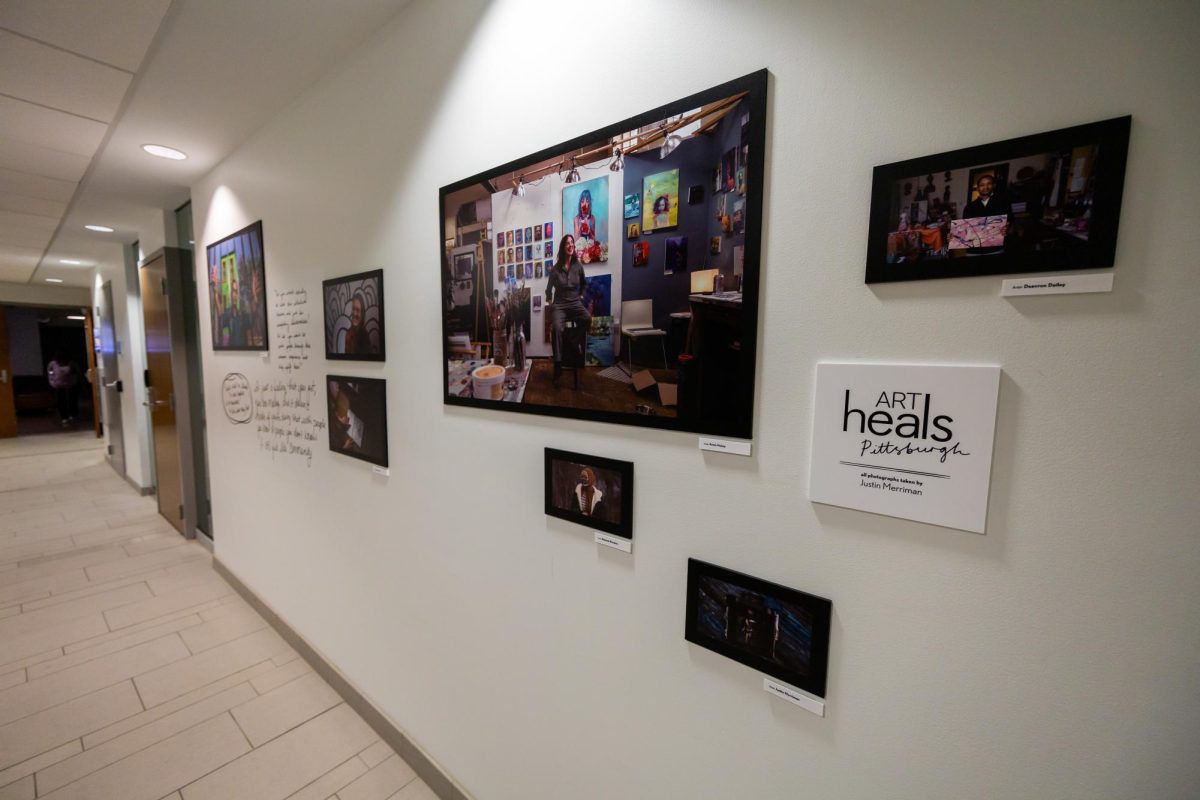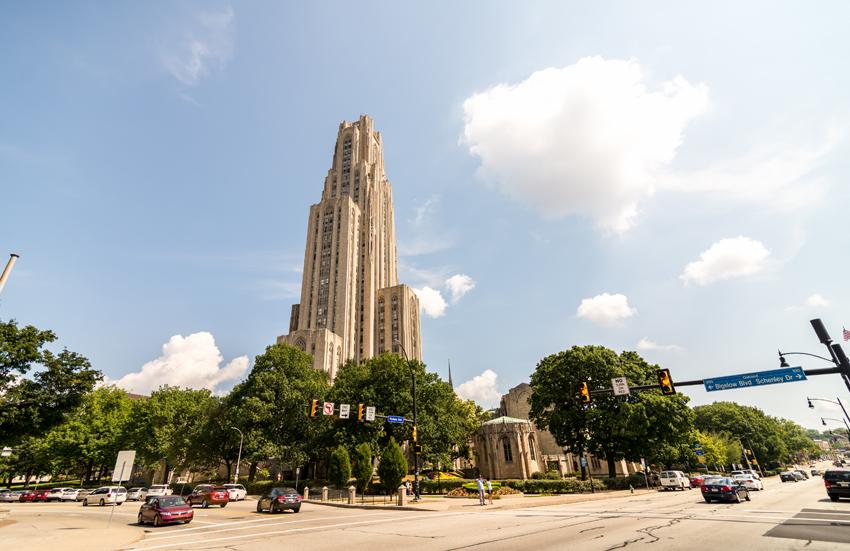Over the summer, Pitt boasted its lowest tuition increase in 40 years.
But even with the raise to keep up with inflation, Pitt, along with 17 other Pennsylvania universities, has caused the state to come in third for highest tuition at its public universities.
On Tuesday, the College Board released new data showing Pennsylvania public universities are the third-most expensive in the country, following only Vermont and New Hampshire.
While former Pennsylvania Gov. Tom Corbett cut Pitt’s funding to 1990s levels as a result of the 2009 recession, current Gov. Tom Wolf still has not passed a budget that he said could restore a majority of Pitt’s state money.
Despite the rankings for being expensive, Pitt has also topped Kiplinger’s Personal Finance rankings for best value for 10 straight years — which University officials continuously reference to soften students’ financial burden.
The U.S. Department of Education has ranked both Pitt and Penn State University as the two most expensive public schools in the country for several years.
According to the College Board data, both Pitt and Penn State exceed Pennsylvania’s average tuition of $13,395 for the 2015-16 school year, compared to Pitt’s price of $18,192 and Penn State’s $17, 502 for one year’s tuition and fees.
New Hampshire and Vermont passed Pennsylvania with average yearly tuition of $15,160 and $14,993, respectively.
Across the nation, yearly tuition and fees average $9,410.
Despite its position at number three, Pennsylvania did narrow its lead over New Jersey, the fourth most expensive state for public universities. In the 2005-06 school year, Pennsylvania exceeded New Jersey’s average tuition by $340. Now, Pennsylvania only leads the Garden State by $92.
Yet overall, the College Board’s report noted that the average national tuition at a public university was 40 percent higher for this school year than it was 10 years ago. Over the last five years, tuition at Pennsylvania institutions rose 8 percent.
Schools included in the College Board’s data are Pennsylvania’s four state-related universities — Pitt, Penn State, Temple University and Lincoln University — as well as the 14 state-owned universities.
Though the College Board data places Pennsylvania on top of the price list, its report also shows that the rate at which tuition has increased in the United States has actually slowed in recent years. From the 1995-96 school year to the 2005-06 school year, tuition at public four-year institutions rose at an average rate of 4.3 percent annually. From the 2005-06 school year to the 2015-16 school year, tuition rose an average of 3.4 percent.
According to Sandy Baum, the co-author of the College Board’s report, the slowing rates of increase show that rising college tuition has been a concern since before the 2009 recession. Over the last three years, though, Baum noted that increases have slowed.
“People treat it like it’s a new problem,” Baum said during a webinar discussing the report. “We’ve now had three years where we’ve had pretty small increases.”
While the rate of increase has slowed, Baum said, people paying for higher education shouldn’t get complacent.
“We can say every year, ‘Oh it’s just 3 percent,’ but if it’s just 3 percent every year, then it really starts to add up over time,” Baum said.
In July, Pitt’s Board of Trustees voted to raise tuition at the University’s main campus by 1.7 percent, a “blended” increase, which referred to the overall increase across all of Pitt’s campuses.
The tuition hike includes a 2.5 percent increase for in-state students and a 2.9 percent increase for out-of-state students, solely at Pitt’s Oakland campus. Pitt froze tuition at its branch campuses.
Even though Wolf and the state legislature had not passed a state budget when Pitt raised tuition — and still has not passed a budget now in November — Chancellor Patrick Gallagher said in an interview late in July he hoped Wolf would pass a budget that gave more state money to public universities.
If he did, Gallagher said Pitt and other public universities in Pennsylvania could shake their expensive status.
“The governor has signaled an intention to restore funding — that’s a huge step,” Gallagher told The Pitt News in July. “That would take all the state-related universities off that list.”
In the 2011 fiscal year, Corbett passed a budget that cut Pitt’s state funding by 19 percent — from $184 million to $136.24 million. That year, The Pitt News reported that when Corbett cut Pitt’s funding, the University responded by raising tuition by 8.5 percent.
Baum is more optimistic, despite the funding cuts and tuition increases.
“Things are slowing down,” Baum said. “Over the last decade, prices have increased more slowly than previous decades. But I don’t have a crystal ball.”



